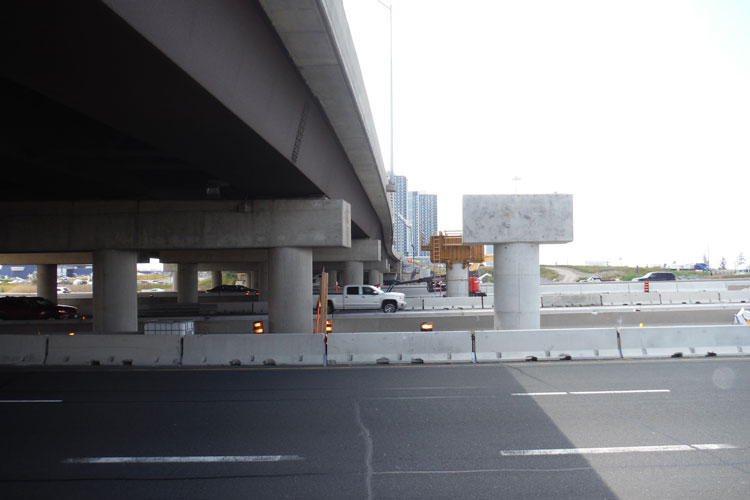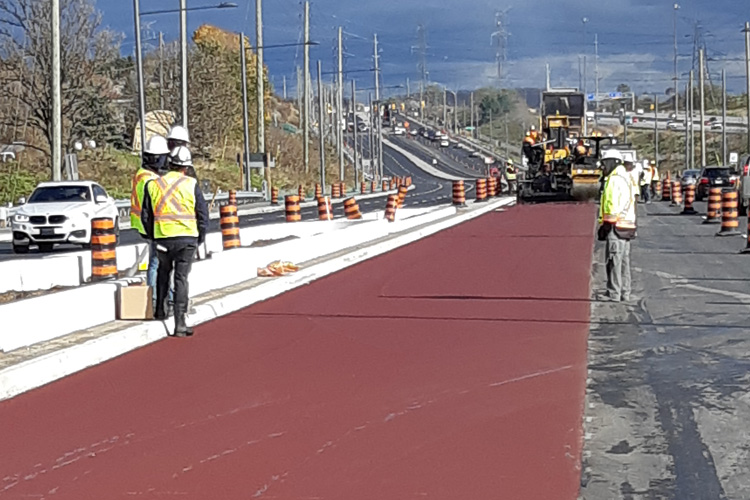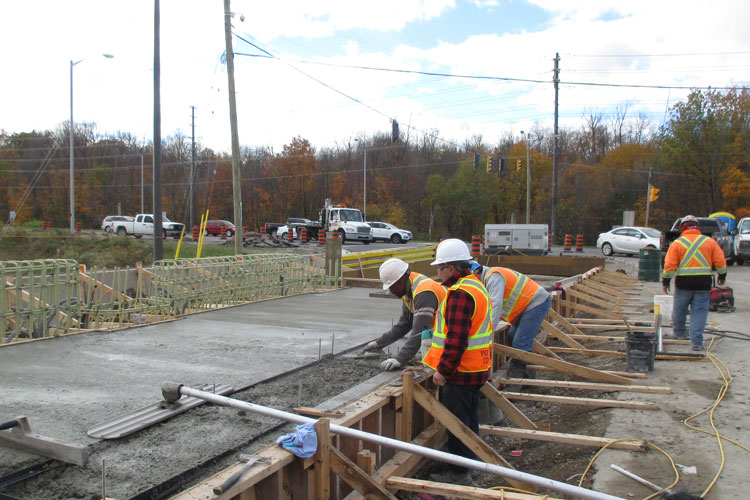vivaNext BRT Project (H2-West and H2-East)
Client
Metrolinx / Infrastructure Ontario / YRRTC
Duration
September 2015 – June 2020
Delivery Model
Design-Build-Finance
contract value
$333 M
Project Overview
This 14 km design-build-finance project consisted of the design and construction of bus rapidways corridors and 10 vivaNext stations along Highway 7, Centre Street and Bathurst Street in the Regional Municipality of York.
There were many stakeholders involved in this project including Metrolinx, York Region Rapid Transit, York Region, TRCA, MOECC, DOF, MNR, and major utility companies like Alectra, Hydro One, Enbridge Gas, Bell, Rogers, Telus, etc.
During the design phase, GIP provided engineering oversight and management to ensure that the design met all relevant standards. GIP has also acquired all relevant permits and approvals to perform the works to date.
Key Tasks
The major scopes of work for this project include utility coordination and relocation, earthworks, extensive sewer and watermain upgrades, bridge work over major highways, culvert repairs and extensions, red & black asphalt paving, structural concrete, linear concrete works, electrical/intelligent transportation systems works and complex traffic management in a dense urban corridor environment.
Unique Aspects
This portion of York Region’s vivaNext program is the largest portion in terms of geographic expanse as well as capital cost. There is a major bridge widening taking place on Highway 400, one of Ontario’s busiest highways. The use of red asphalt was employed to delineate the bus rapid transit lanes from adjacent traffic lanes. GIP’s asphalt testing laboratory was instrumental in the development of an innovative asphalt mix that maximized performance.
Other unique aspects include the use of 3D BIM modeling was used to coordinate utility conflicts, and complex traffic management performed on Major Provincial and Municipal highways; the project included over 50 substages of traffic management.





